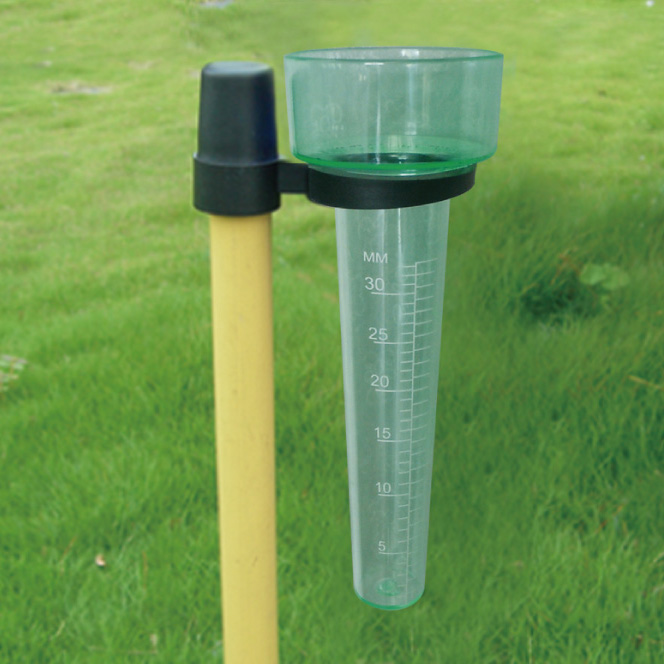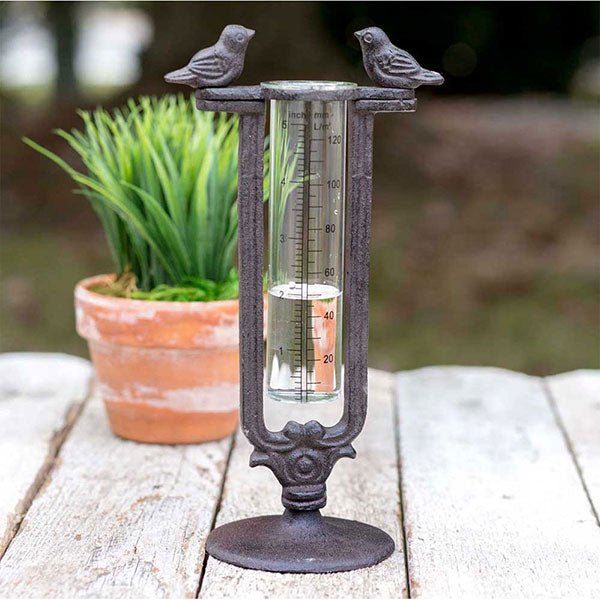Your Go-To Resource on The Rain Gauge: Benefits and Practical Applications
Your Go-To Resource on The Rain Gauge: Benefits and Practical Applications
Blog Article
Do It Yourself Rain Scale: Easy Steps to Make Your Own
Are you curious about tracking rains in your location? Producing your own do it yourself rain scale is a simple and reliable method to videotape and determine precipitation. With just a couple of typical products and some basic steps, you can conveniently construct your own rainfall scale in your home. In this overview, we will supply you with a detailed process to assist you develop your very own rain scale. No requirement for any kind of specialized expertise or equipment - this job can be finished by any individual. By following these basic instructions, you will have a trustworthy tool to determine rainfall and add to your understanding of the neighborhood weather patterns. So, allow's start on making your do it yourself rain gauge today!
Gather Products
To start building your Do it yourself rainfall gauge, gather all the required materials utilizing an extensive checklist of things. Having the right products on hand will guarantee the successful creation of your rainfall gauge and permit for exact measurements of rains. Gathering these materials ahead of time will certainly simplify the building and construction procedure and guarantee that you have every little thing you need to develop your very own DIY rainfall gauge.
Prepare the Container

Mark the Measurement Increments
To properly gauge the amount of rainfall, properly marking the measurement increments on your do it yourself rainfall gauge is vital. Without accurate and clear markings, it would be hard to establish the precise amount of rains gathered in your rain scale. Right here are the steps to note the measurement increments on your rainfall gauge.
The most common units for measuring rainfall are inches and millimeters. Once you have actually picked the system, utilize a long-term marker or waterproof paint to mark the increments on the side of your rainfall scale.
When marking the increments, it is necessary to guarantee that they are uniformly spaced and clearly visible. Use a leader or gauging tape to make sure precision and consistency. Furthermore, make certain that the markings are resistant to fading or scrubing off, as direct exposure to the components may go create them to weaken gradually.
Area the Rain Scale Outdoors
The rainfall gauge need to be positioned outdoors to accurately accumulate rains information. The area selected for the rain gauge ought to be totally free and open from any type of obstructions that could possibly influence the dimension of rainfall. The Rain Gauge.
Furthermore, it is vital to place the rain gauge on a secure surface area, such as a degree ground or a tough blog post. This will certainly avoid any movement or tilting of the scale, which can cause incorrect measurements. It is additionally a good idea to prevent putting the gauge near any kind of resources of synthetic water, such as sprinklers or drainage systems, as this can interfere with the accuracy of the dimensions.
Screen and Document Rain Data
Regular monitoring and recording of rains data is essential for exact data evaluation and interpretation. By keeping track of rains measurements, you can obtain useful insights into weather patterns, environment trends, and water source administration. To effectively check and tape-record rainfall information, it is necessary to develop a routine and preserve consistent techniques.
First of all, make certain that your rain scale is positioned in an open location far from challenges such as trees or structures that may block rainfall. Furthermore, ensure the rainfall gauge is level and firmly anchored to stop any motion that could impact the precision see page of the measurements.

When taping the rains information, it is essential to note the date and time of each dimension. Make use of a leader or a measuring stick to identify the rains deepness in the rainfall scale, and document this details properly.
To guarantee the accuracy of the measurements, it is recommended to empty the rainfall scale after each recording. This will certainly stop any type of overflow or evaporation from affecting subsequent dimensions.
Verdict
Finally, creating a DIY rain gauge is a simple and sensible way to check and tape rainfall information (The Rain Gauge). By following the actions detailed in this article, you can conveniently gather materials, prepare the container, note the measurement increments, and place the rain gauge outdoors. Consistently checking and taping rains data can provide useful information for different purposes
Having the ideal products on hand will certainly make sure the effective development of your rainfall gauge and enable for accurate measurements of rains.To accurately determine the quantity of rainfall, properly marking the measurement increments on your Do it yourself rain scale is important.The rainfall scale ought to be positioned outdoors to accurately gather rains data. The place picked for the rain gauge must be cost-free and open from any blockages that can potentially impact the dimension of rains.In conclusion, producing a DIY rainfall scale is a straightforward and useful method to keep an eye recommended you read on and record rainfall information.
Report this page